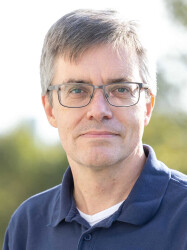BibTex format
@article{Stansby:2018:0004-6361/201732567,
author = {Stansby, D and Horbury, T},
doi = {0004-6361/201732567},
journal = {Astronomy and Astrophysics},
title = {Number density structures in the inner heliosphere},
url = {http://dx.doi.org/10.1051/0004-6361/201732567},
volume = {613},
year = {2018}
}

